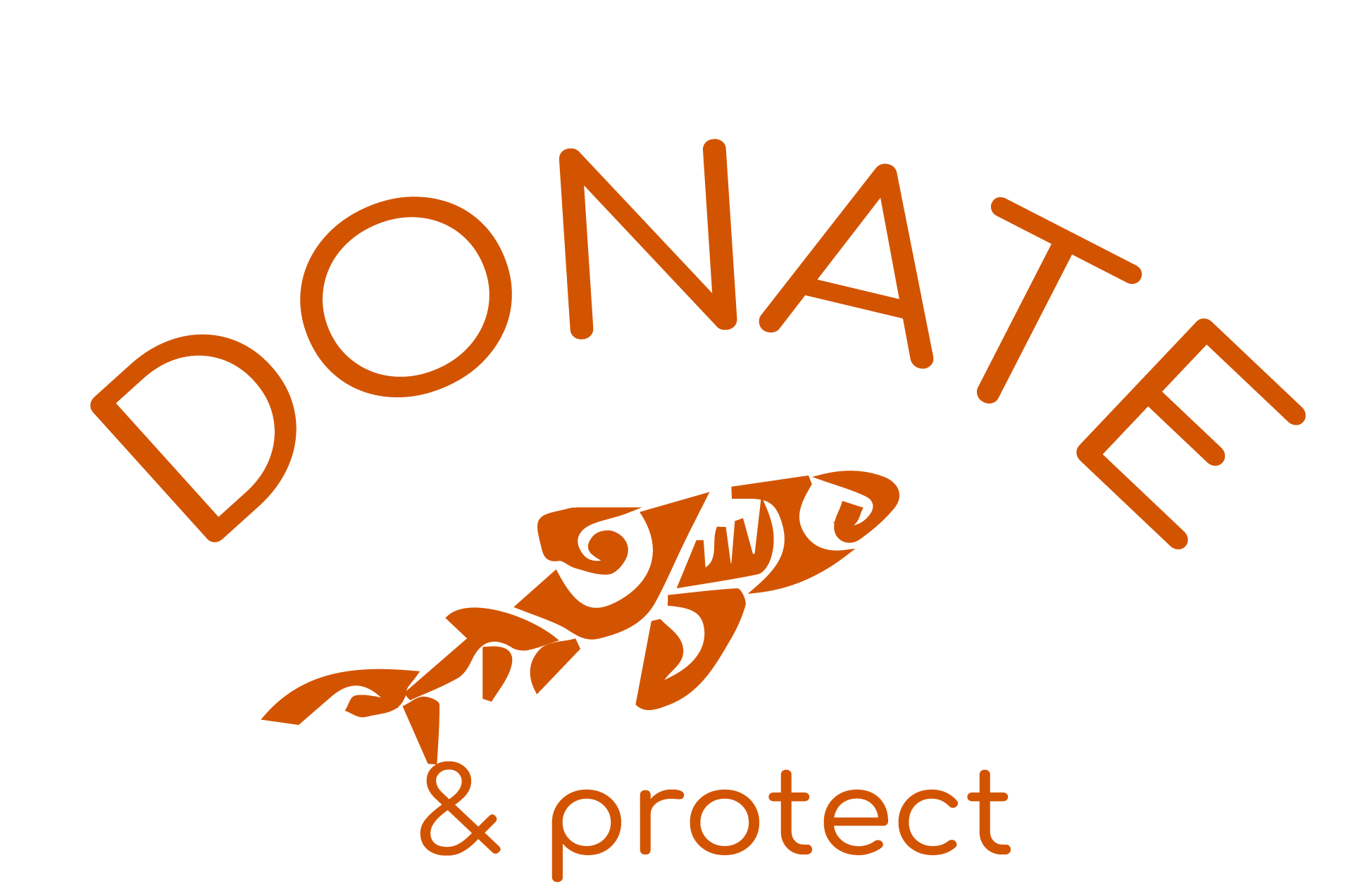
From January to April, and from August and December 2023, camera traps were deployed on 6 motu to closely monitor the success of 40 white tern nests and 100 brown noddy nests, and to identify nest predators. In addition, 350 noddy nests were monitored weekly from January to April 2023 and 320 white tern nests were monitored every three weeks from January to May 2023.
This monitoring allowed us to record an increased breeding success of brown noddies nesting in Aie as compared to the ones nesting in other motu, following the yellow-crazy ant eradication. It also provided detailed information on how nesting site selection (on the ground vs in trees, close to shore vs inland, etc.) affects hatching success and chick survival. These data will allow us to document any changes in nesting success associated with the yellow crazy ant (brown noddy) or rat (white tern) eradication programs.

We also installed two camera traps equipped with solar panels in Tauini in August, aimed at the colony of Lesser frigatebirds (Fregata ariel), before the start of their breeding season. These camera traps will stay in the field for one year while taking a photo every 30 minutes. These cameras will provide information on the development, breeding success and behavior of frigatebirds during one entire year without any disturbance to this sensitive colony.



